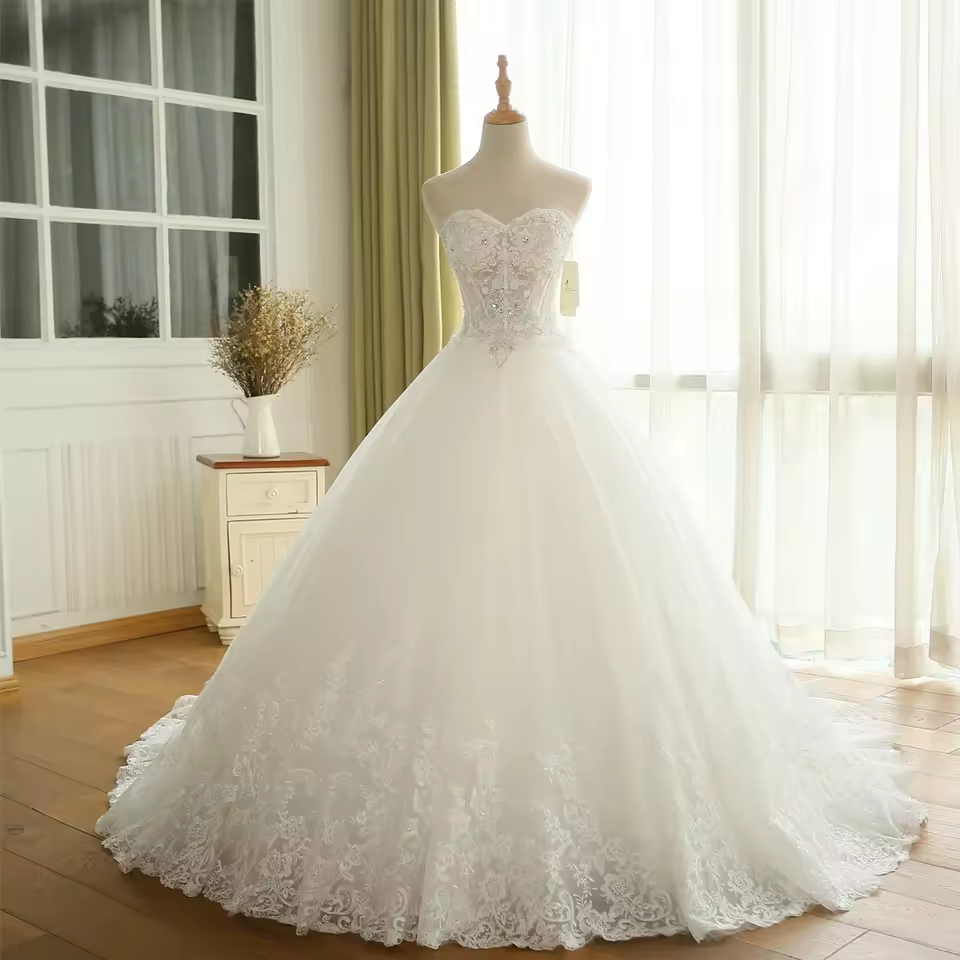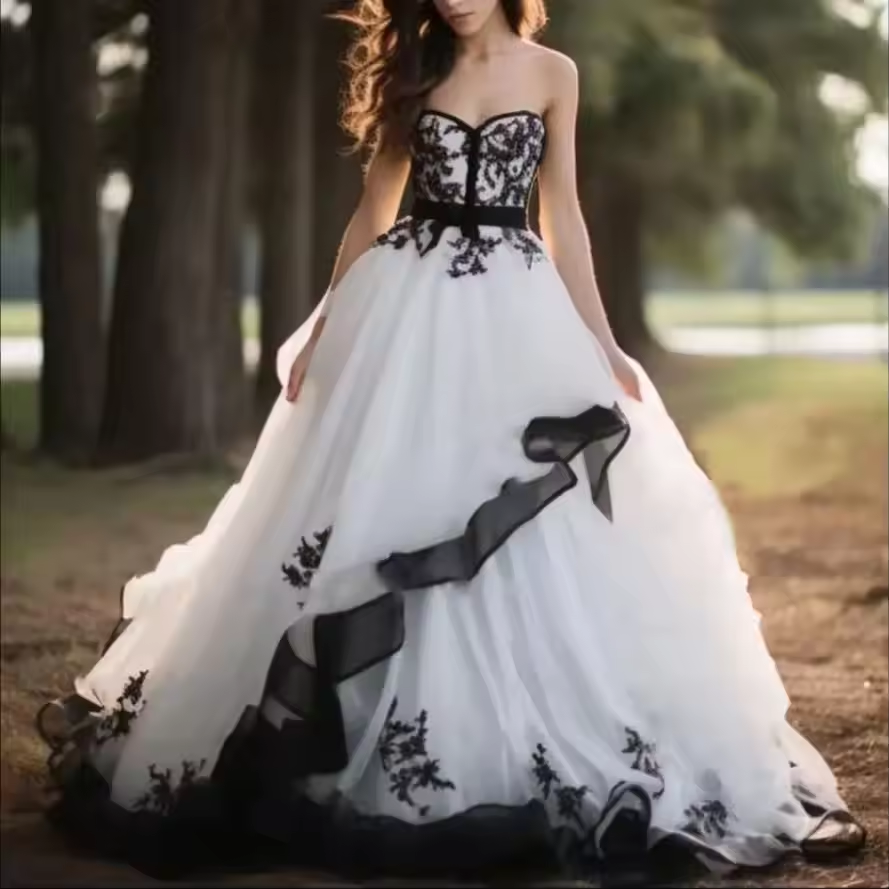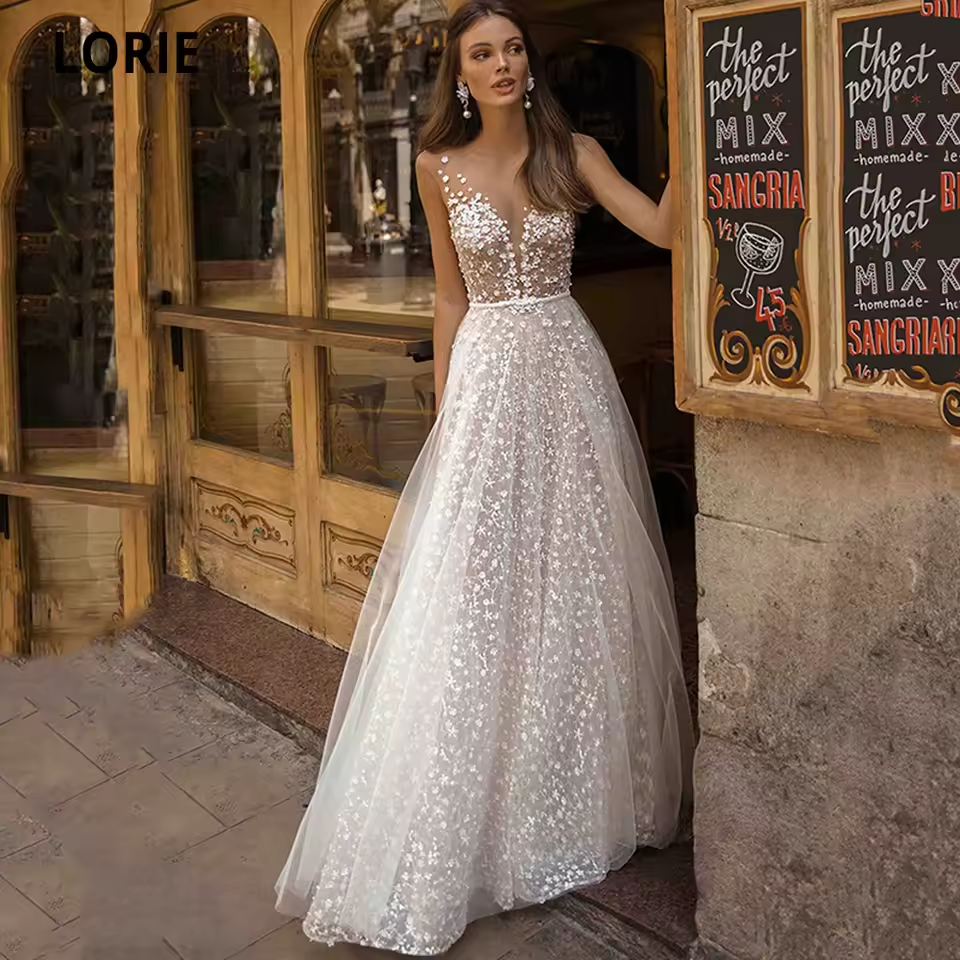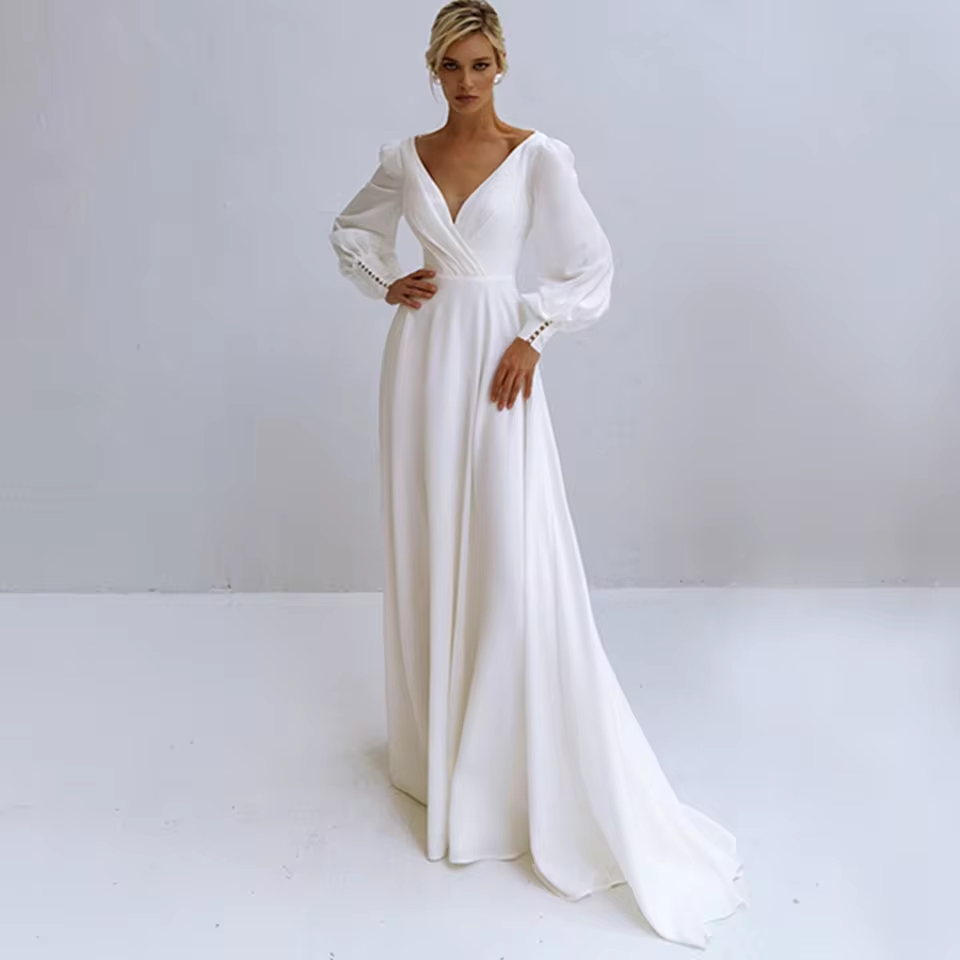Introduction to Wedding Dresscode
A wedding dresscode is more than just a suggestion—it’s a critical detail that ensures every guest feels comfortable and appropriately dressed for the occasion. Whether you’re attending a formal black-tie wedding or a casual backyard celebration, understanding the wedding dresscode helps you make a positive impression while avoiding fashion faux pas. The wedding dresscode often reflects the couple’s personalities and the event’s theme, so decoding it accurately is essential. This guide will walk you through everything you need to know about wedding dresscode, including how to interpret different levels of formality, what to wear for unique themes like a what to wear to a renaissance wedding, and how to avoid common mistakes. By the end, you’ll be equipped to choose an outfit that respects the couple’s vision and fits seamlessly into the event.
Why Understanding the Wedding Dresscode Matters
- Respect the Couple’s Vision: The wedding dresscode is a reflection of the couple’s style and preferences. Adhering to it shows consideration for their big day.
- Avoid Over- or Under-Dressing: Wearing something too casual or overly formal can disrupt the event’s ambiance and make you feel out of place.
- Enhance the Overall Experience: A well-chosen outfit allows you to enjoy the celebration without self-consciousness or discomfort.
- Prevent Awkward Situations: Imagine showing up in jeans to a black-tie wedding or wearing a tuxedo to a casual garden party—these mismatches can be embarrassing.
- Support the Theme or Venue: Weddings often take place in unique settings (e.g., barns, castles, or beaches), and the wedding dresscode helps guests blend in.
Understanding the wedding dresscode ensures you contribute to the event’s success with your attire.
How to Interpret Common Wedding Dresscodes
- Black-Tie (Formal):
- Women: Floor-length gowns in elegant fabrics like silk or satin.
- Men: Tuxedos with bow ties, cummerbunds, and polished shoes.
- Tip: Avoid cocktail dresses or casual shirts.
- Cocktail (Semi-Formal):
- Women: Knee-length dresses or stylish separates.
- Men: Suits with dress shirts and ties.
- Tip: Steer clear of jeans or overly flashy accessories.
- Casual (Relaxed):
- Women: Flowy dresses, linen suits, or elegant jumpsuits.
- Men: Smart-casual chinos, button-ups, and loafers.
- Tip: Avoid formal wear; keep it comfortable but polished.
- Theme-Based (e.g., Renaissance, Vintage, Boho):
- What to Wear to a Renaissance Wedding: Look for medieval-inspired gowns or doublets.
- Boho: Flowy dresses, floral prints, and natural materials.
- Vintage: Retro styles like 1920s flapper dresses or 1970s suits.
- Beach or Outdoor Weddings:
- Women: Lightweight fabrics, sandals, and breathable silhouettes.
- Men: Light-colored suits or linen shirts.
- Tip: Avoid heavy fabrics or open-toed shoes for sand or grass.
By decoding the wedding dresscode, you ensure your outfit aligns with the event’s tone and expectations.
Choosing the Right Outfit for a Formal Wedding
- Women’s Formal Attire:
- Gowns: Opt for elegant, floor-length designs in neutral or jewel tones.
- Accessories: Minimalist jewelry and clutch purses to avoid competing with the bride.
- Shoes: Heels or elegant flats that complement the dress.
- Men’s Formal Attire:
- Tuxedos: Black or midnight blue with a bow tie and patent leather shoes.
- Alternative Options: For relaxed formal weddings, a dark suit with a tie works.
- Tip: Ensure the tuxedo is tailored to fit perfectly.
- Common Mistakes to Avoid:
- Wearing white (to avoid clashing with the bride’s dress).
- Over-accessorizing (keep jewelry and colors subtle).
- Choosing overly trendy styles (stick to classic, timeless pieces).
- Special Considerations:
- Seasonal Adjustments: Layering with a shawl for winter or light fabrics for summer.
- Venue-Specific Rules: Indoor vs. outdoor formality may vary slightly.
A well-chosen formal wedding dresscode outfit ensures you look sophisticated and respectful.
- Women’s Semi-Formal Attire:
- Dresses: Knee-length or tea-length gowns in bold or pastel colors.
- Suits: Tailored blazers with pencil skirts or wide-leg trousers.
- Accessories: Statement earrings or a small handbag.
- Men’s Semi-Formal Attire:
- Suits: Dark or navy suits with dress shirts and ties.
- Alternative Options: A tuxedo is acceptable but not required.
- Tip: Avoid polka dots or loud patterns unless specified.
- Examples of Suitable Outfits:
- Women: A flowy emerald green dress with gold heels.
- Men: A charcoal suit with a burgundy tie.
- Common Pitfalls:
- Wearing jeans or flip-flops.
- Overlooking the venue’s formality (a cocktail wedding at a luxury hotel may lean more formal).
Semi-formal wedding dresscode allows for creativity while maintaining elegance.
Dressing for Casual Weddings
- Women’s Casual Attire:
- Dresses: Maxi dresses, linen jumpsuits, or breezy separates.
- Footwear: Sandals, wedges, or low heels.
- Tip: Avoid overly formal fabrics like velvet or taffeta.
- Men’s Casual Attire:
- Suits: Linen or cotton shirts with dress pants.
- Alternative Options: A blazer with chinos for a relaxed yet polished look.
- Footwear: Loafers or leather sneakers.
- Examples of Suitable Outfits:
- Women: A cream linen dress with a sunhat for a garden wedding.
- Men: A light blue shirt with khaki pants for a rustic barn event.
- Common Mistakes:
- Wearing a full tuxedo (unless specified).
- Ignoring the venue’s vibe (a casual wedding at a vineyard doesn’t require a suit jacket).
Casual wedding dresscode prioritizes comfort while still looking put-together.
Decoding Theme-Based Wedding Dresscodes
- Renaissance Weddings:
- What to Wear to a Renaissance Wedding: Corseted gowns for women and doublets for men.
- Accessories: Medallions, cloaks, or ornate belts.
- Vintage Weddings:
- Women: 1920s flapper dresses or 1950s swing dresses.
- Men: Vintage-inspired suits with pocket squares or suspenders.
- Boho Weddings:
- Women: Flowy dresses with lace or floral prints.
- Men: Linen shirts with rolled-up sleeves and chinos.
- Beach Weddings:
- Women: Lightweight fabrics and open-toe sandals.
- Men: Linen suits or dress shirts with shorts.
- Tips for Themed Weddings:
- Research the theme in advance (e.g., 1970s vs. 1980s).
- Coordinate with the wedding palette (avoid clashing colors).
- Balance creativity with appropriateness (avoid extremes like full period costumes unless requested).
Themed wedding dresscode invites fun but requires careful planning.
The Importance of Color Coordination
- Avoiding the Bride’s Colors:
- Steer clear of white, ivory, or shades that closely match the wedding palette.
- Choosing Complementary Colors:
- Women: Jewel tones like sapphire or emerald for formal weddings.
- Men: Dark suits in navy or charcoal for a classic look.
- Seasonal Color Suggestions:
- Spring/Summer: Light pastels or floral prints.
- Fall/Winter: Rich reds, deep greens, or metallics.
- When in Doubt:
- Stick to neutral shades like black, gray, or beige for versatility.
- Exceptions:
- Some wedding dresscodes encourage bold colors, so confirm if this is acceptable.
Color coordination elevates your wedding dresscode compliance and ensures you blend in gracefully.
Common Mistakes to Avoid in Wedding Attire
- Wearing White: A cardinal sin in most wedding dresscode guidelines.
- Over-Accessorizing: Heavy jewelry or oversized bags can distract from the event.
- Ignoring the Venue: A beach wedding isn’t the place for a tuxedo.
- Mismatched Formality: Pairing a formal dress with casual shoes.
- Missing the Theme: Wearing a modern suit to a rustic barn wedding.
Avoiding these errors ensures you adhere to the wedding dresscode with ease.
How to Choose the Right Outfit for Every Wedding
- Read the Invitation: The wedding dresscode is often specified here.
- Ask the Couple: If unsure, reach out to the bride or groom for clarification.
- Consider the Time of Day: Evening weddings require darker, more formal attire.
- Check the Season: Winter may call for layers, while summer demands breathable fabrics.
- Factor in the Location: A city hall wedding vs. a mountain lodge will require different styles.
By following these steps, you’ll select an outfit that aligns with the wedding dresscode and your personal style.
Wedding Dresscode for Men: A Detailed Guide
- Formal Weddings:
- Tuxedos: Black or midnight blue with bow ties.
- Alternative: A dark suit with a tie for slightly less formal events.
- Semi-Formal Weddings:
- Suits: Navy or charcoal with dress shirts and ties.
- Alternative: A blazer with dress pants for relaxed semi-formal events.
- Casual Weddings:
- Shirts: Button-ups in linen or cotton.
- Pants: Chinos or dress shorts for warm weather.
- Theme-Based Weddings:
- Renaissance: Doublets and hose for men.
- Boho: Linen shirts with rolled-up sleeves.
- Key Tips:
- Ensure your outfit is clean and well-pressed.
- Avoid flashy logos or overly casual items like t-shirts.
Men’s wedding dresscode choices should reflect the event’s tone while maintaining sophistication.
Wedding Dresscode for Women: Balancing Elegance and Comfort
- Formal Weddings:
- Gowns: Floor-length with elegant silhouettes.
- Accessories: Minimalist jewelry to avoid competition with the bride.
- Semi-Formal Weddings:
- Dresses: Knee-length with statement details like lace or ruffles.
- Suits: Tailored jumpsuits or blazers for a modern twist.
- Casual Weddings:
- Dresses: Maxi or wrap dresses in breathable fabrics.
- Footwear: Comfortable sandals or wedges for standing and dancing.
- Theme-Based Weddings:
- Renaissance: Corseted gowns with flowing skirts.
- Boho: Earthy tones and layered necklaces.
- Practical Tips:
- Prioritize comfort for long events.
- Avoid overly tight or restrictive outfits.
Women’s wedding dresscode should balance style with practicality.
How to Handle Ambiguous Wedding Dresscodes
- Research the Venue: A luxury resort vs. a casual vineyard will influence appropriate attire.
- Look for Clues: The invitation’s wording or the couple’s social media.
- Default to Semi-Formal: If unsure, a cocktail-style outfit is a safe choice.
- Ask for Clarification: A quick message to the couple avoids guesswork.
- Bring a Backup: Pack an alternative outfit in case of last-minute changes.
Ambiguity in wedding dresscode doesn’t have to lead to fashion disasters.
The Role of Accessories in Wedding Attire
- Jewelry:
- Formal: Delicate pieces to complement the outfit.
- Casual: Statement earrings or stacked rings for added flair.
- Bags and Purses:
- Formal: Clutch bags in neutral tones.
- Casual: Small totes or crossbody bags for convenience.
- Shoes:
- Formal: Heels or oxfords for elegance.
- Casual: Flats or sandals for comfort.
- Hats and Headpieces:
- Formal: Fascinators or hats for daytime events.
- Casual: Sunhats for outdoor weddings.
- Tips for Coordination:
- Match accessories to your outfit’s color palette.
- Avoid anything that detracts from the bride’s look.
Accessories can elevate your wedding dresscode compliance when chosen thoughtfully.
Seasonal and Weather Considerations
- Winter Weddings:
- Women: Long sleeves, shawls, or fur stoles.
- Men: Tuxedos with vests or overcoats.
- Summer Weddings:
- Women: Light fabrics and open-toe shoes.
- Men: Linen suits or lightweight dress shirts.
- Spring/Fall Weddings:
- Women: Layered dresses or tailored separates.
- Men: Suits with or without a tie, depending on temperature.
- Weather-Specific Tips:
- Rain? Pack a compact umbrella or a waterproof shawl.
- Heat? Choose breathable fabrics like cotton or linen.
Seasonal adjustments ensure your wedding dresscode is both stylish and practical.
Wedding Dresscode Etiquette for All Guests
- Respect the Bride and Groom: Avoid outshining the couple with overly bold outfits.
- Follow the Theme: Even casual weddings expect a certain level of polish.
- Dress for the Event: A destination wedding may require a different approach than a local event.
- Avoid Over-the-Top Styles: Sequins or bright colors may clash with the setting.
- Check for Cultural Norms: Some cultures have specific expectations (e.g., Indian weddings often favor bold colors).
Etiquette is key to respecting the wedding dresscode and the couple’s wishes.
Conclusion: Mastering the Wedding Dresscode
The wedding dresscode is a vital part of attending any wedding with confidence. Whether you’re navigating a formal black-tie event or a what to wear to a renaissance wedding, the right outfit ensures you look your best without overshadowing the couple. By understanding the nuances of different dresscodes, coordinating colors, and avoiding common mistakes, you’ll arrive prepared and stylish. Remember, the goal is to celebrate the couple’s special day with appropriate attire. Use this guide to decode the wedding dresscode and make a lasting impression that’s both respectful and memorable!